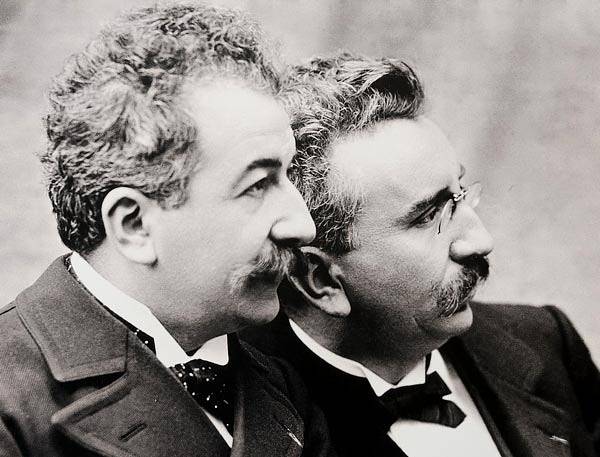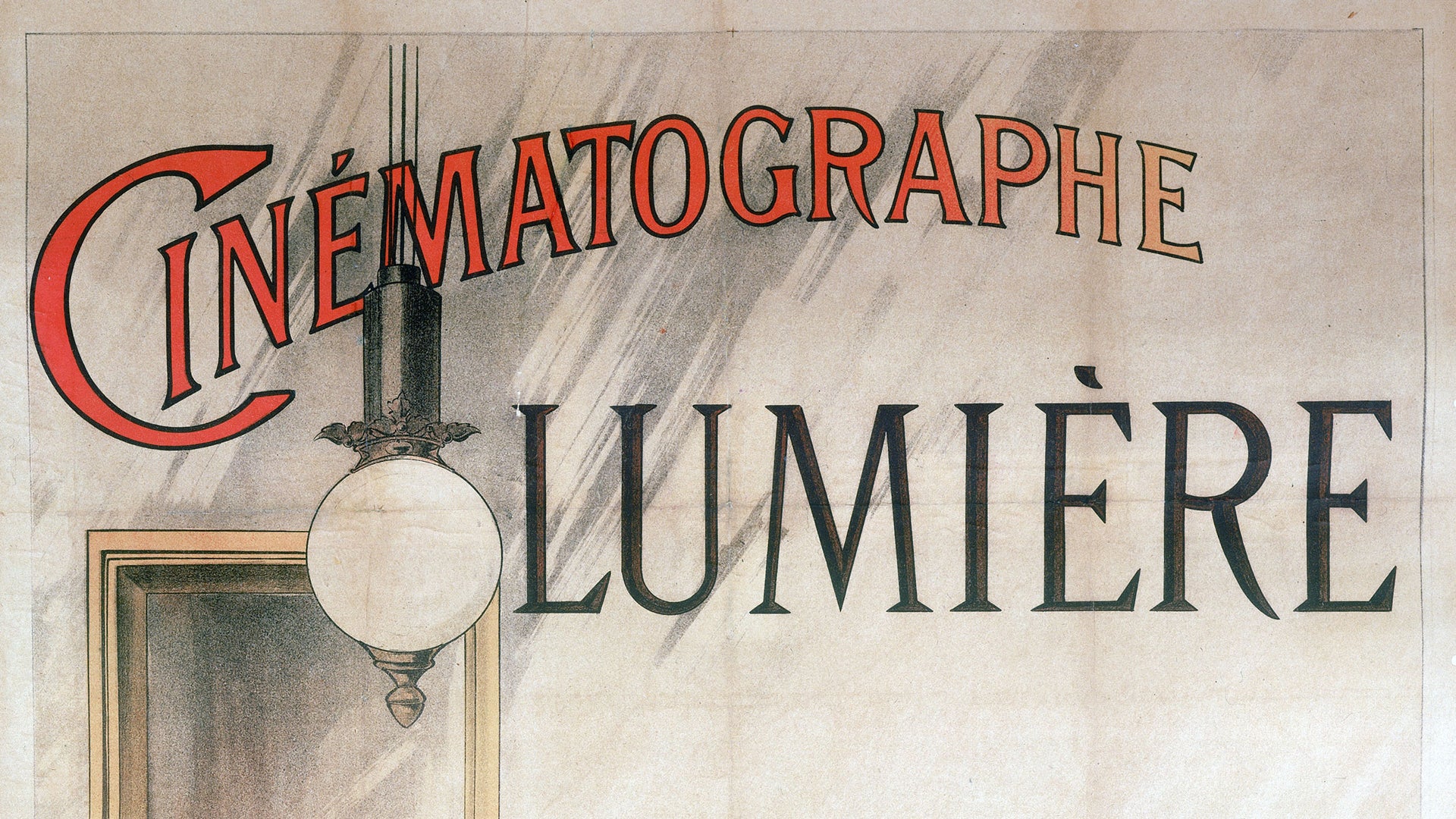Introduction:
On December 28, 1895, a groundbreaking event at the Grand Cafe in Paris heralded the dawn of a new era in entertainment: the birth of commercial cinema. This day, marked by the Lumière brothers’ first public movie screening, not only introduced a novel form of storytelling but also ignited a rapid and far-reaching transformation in global entertainment.
Paris in 1895: The Stage for a Revolution:
The Paris of the late 19th century was a bustling epicenter of art and innovation, an ideal setting for the Lumière brothers, Auguste and Louis, to debut their revolutionary Cinématographe. This device, ingeniously combining the functions of a camera, projector, and printer, was about to unveil an entirely new art form.

The Lumière Brothers: Architects of the Moving Image:
Auguste and Louis Lumière were more than inventors; they were visionaries who recognized the potential of moving pictures. Their exploration in the realm of film led them to this landmark moment.
The First Flickers on Screen:
The inaugural screening captivated a select audience with ten short films, each lasting around 50 seconds. These vignettes, portraying ordinary scenes like workers leaving a factory or a train arriving at a station, were simple yet unprecedented. They offered a dynamic and lifelike representation of life, a stark contrast to the static imagery of the era.
The Rapid Spread of Cinema:
The immediate success of this screening in Paris quickly rippled across continents. The Lumière brothers embarked on a global tour, showcasing their invention in major cities across Europe, America, and Asia. The public’s fascination with this new medium was instant and overwhelming. By the early 1900s, similar screenings were popping up around the world, with filmmakers in different countries experimenting with this new technology.
The speed at which cinema spread was phenomenal. Within just a few years of the Grand Cafe screening, film had established itself as a popular form of entertainment worldwide. The United States, in particular, saw a rapid expansion of movie theaters, famously known as nickelodeons, by the early 20th century. These venues made films accessible to a broader audience, fostering a rapidly growing film industry.
The Legacy of the First Screening:
The initial success of the Lumière brothers set the stage for the evolution of the film industry. They not only introduced the concept of commercial movies but also inspired countless filmmakers. This event marked the beginning of an era where storytelling transcended traditional boundaries, evolving into a form that could captivate and unite audiences globally.
Conclusion:
The first commercial movie screening on December 28, 1895, was more than a technological marvel; it was the inception of a cultural phenomenon that would grow exponentially over the years. The Lumière brothers didn’t just invent a device; they launched a global movement that transformed how we see, understand, and connect with the world. Today, as we look back, we celebrate not only the inception of cinema but also its enduring legacy as a unifying global language of storytelling.












What do you think?
It is nice to know your opinion. Leave a comment.